
Baseball - a timeless sport that's enthralled millions over the years. The cheer of the crowd, the crack of a bat, and the thrill of a fly ball arching towards the stands, it's a game that embodies the spirit of competition and camaraderie. But have you ever wondered what's at the very heart of this beloved pastime? No, it's not the hot dogs or the seventh-inning stretch, but the baseball itself.
Home to major league baseball teams from across the nation, this sport wouldn't be the same without that compact sphere tossed, hit, and caught game after game. With so much riding on it, it's natural to ponder, what are baseballs made of? How are they made and by whom? Are they still hand-stitched or has technology found a way in the manufacturing process? And what's on the inside of a baseball?
These questions are common among enthusiasts and casual observers alike. In this piece, we'll pull back the curtain on the secrets of the baseball, exploring its raw materials, the intricate process of its creation, and how it meets the rigorous specifications set by the official Major League Baseball. Stay with us as we take you on a fascinating journey from the baseball factory to the vibrant greens of the professional game.
Discover the process behind how a baseball is made, from cork center to cowhide cover.
Rawlings has been the official supplier of MLB for over 40 years and manufactures high-quality balls that meet league standards.
Quality control measures are in place to ensure each ball meets MLB requirements, while material innovations look to improve performance and sustainability.
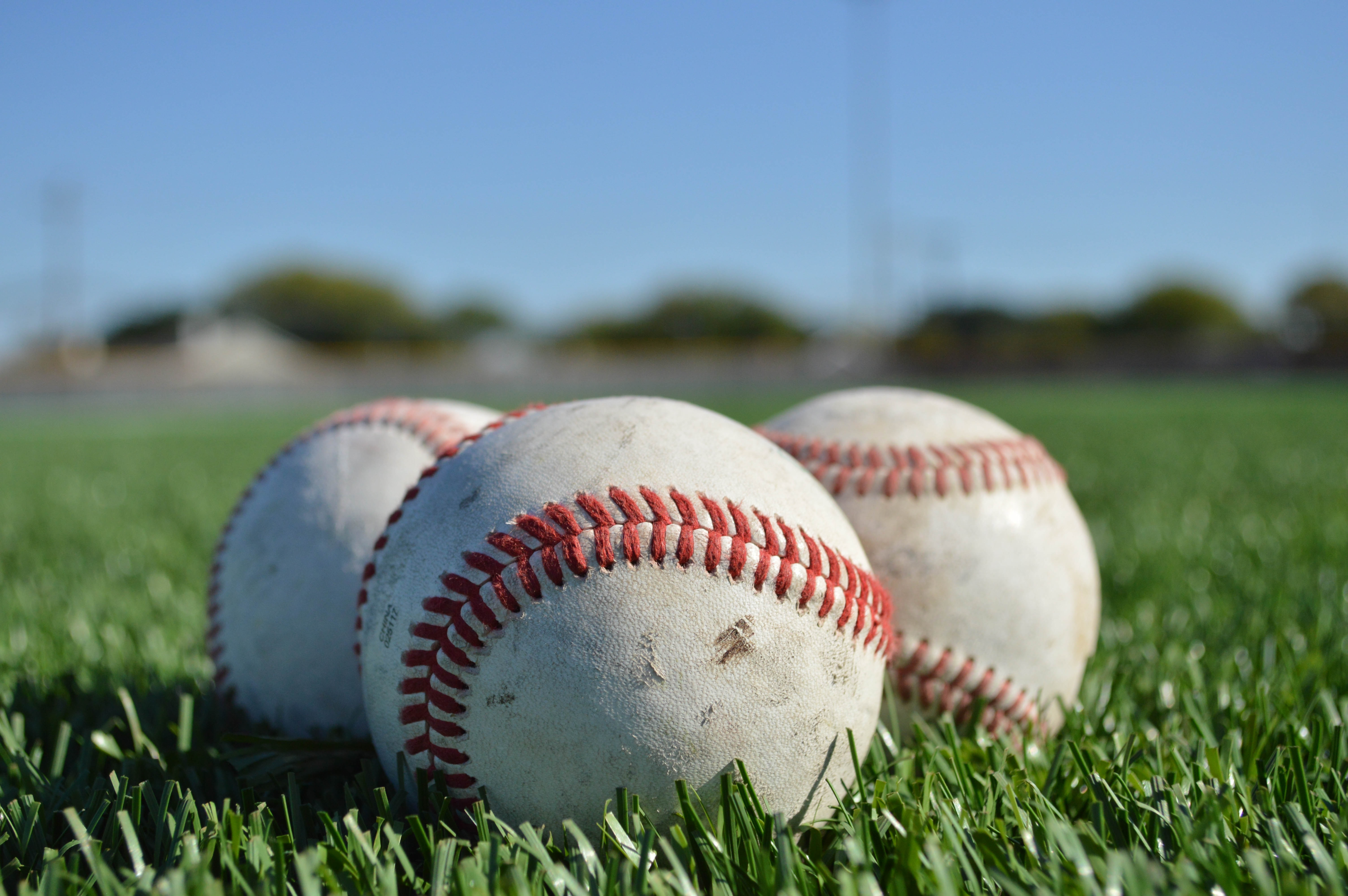
At the heart of the Major League Baseball is the core, a cork center called "the pill." Surrounded by a black, round rubber core, the pill becomes the foundation of the baseball. This core is encased in two thin rubber layers, creating an off-white appearance. The combination of these materials gives the baseball its initial firmness and resilience.
Once the core is assembled, the next phase begins. A machine winds a thin layer of latex adhesive around the rubber, which serves as a base for the wool yarn. Yes, you read that right; wool yarn plays a significant role in the making of baseballs.
The wool yarn used in baseballs is not uniform; it comes in different types for different purposes. The first layer of yarn to be wound is yards of four-ply blue-gray yarn. The wool yarn is tightly wrapped around the core, providing the ball with more solidity and structure. This winding process is machine-rolled to ensure precision and consistency.
Once the initial layer is set, three more layers follow, each with a unique type of yarn. These include a layer of three-ply white yarn, a layer of four-ply blue-gray yarn, and a final layer of four-ply white wool. This intricate wrapping process adds to the baseball's size, weight, and bounce.
With the yarn layers in place, the semi-finished baseball moves to the next step: getting its cowhide cover. The cowhide leather, sourced from the Tennessee Tanning Company, arrives pre-cut and semi-tanned. These covers are then soaked, stretched, and stamped with the official Major League Baseball logo.
Once ready, these covers are hand-stitched onto the yarn-wrapped core using 108 stitches of waxed red thread. The hand-stitching of baseballs is a time-honored tradition maintained to this day, contributing to the uniqueness of each baseball. This step gives the ball its iconic look and its final touch, transforming the baseball from a collection of raw materials into the familiar sphere we see in every Major League game.
In the following sections, we'll delve deeper into the history and significance of baseballs in Major League games, and answer some more intriguing questions surrounding these indispensable elements of America's favorite pastime. Stay tuned!
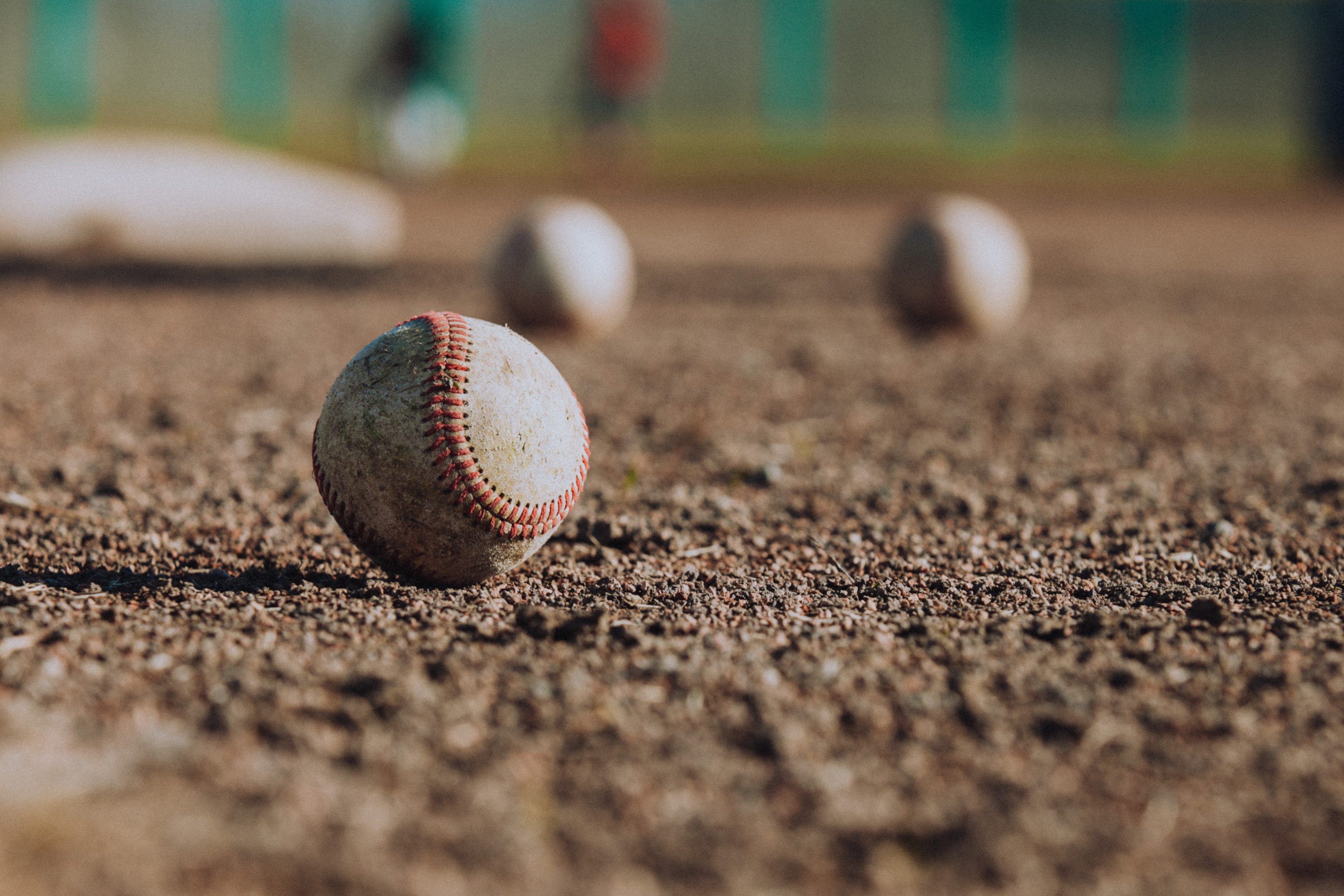
Major League Baseballs go through stringent quality control to ensure consistency and fairness in the game. Meeting the above specifications is critical for the balls to be accepted for professional games. Baseballs that do not meet these standards might still find use in practices, but they would never make it to the professional field.
Once the balls pass the quality checks, they are sent out to Major League Baseball teams, ready to be hit by baseball bats into the audience or caught as fly balls. Each game in the Major League uses a large number of baseballs; one might question why they do not reuse baseballs.
While it may seem practical to reuse baseballs, Major League Baseballs are seldom reused for a few reasons. First, the condition of a ball can significantly affect the game. Balls hit multiple times may have scuffs, dirt, or dents, which can change their trajectory, making the game unpredictable and potentially unfair. Therefore, to maintain the game's integrity, a new ball is often introduced when the current one shows any signs of wear.
Moreover, used Major League Baseballs have their own fate. Some are sent to memorabilia companies, where they may be signed by famous players like Babe Ruth and sold to collectors. Others are sent to minor leagues or used for batting practice.
When you watch a Major League Baseball game, remember that every ball being pitched, hit, and caught has undergone a meticulous manufacturing process. This baseball is not just a piece of equipment, but a symbol of tradition, effort, and love for the sport. As we head into the next section, we'll explore how baseballs have evolved over time, from their World War II versions to today's sophisticated versions. The story of the baseball is indeed a fascinating one, intertwined with history and culture. So, let's play ball!
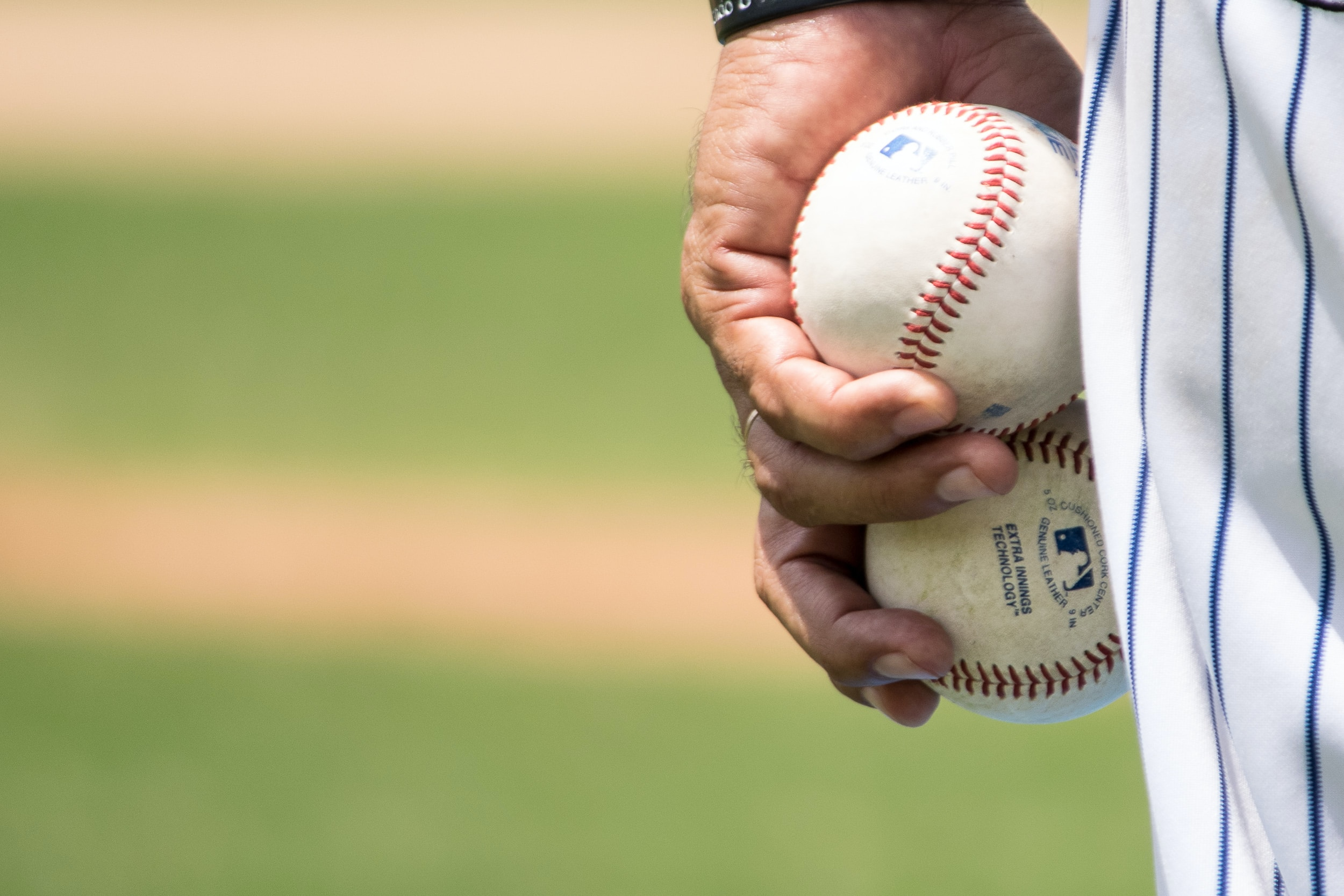
There's a rich history behind how baseballs are made. During World War II, for instance, the traditional materials used in manufacturing baseballs underwent changes due to material shortages. Instead of the usual cork-centered ball, the manufacturers used a synthetic rubber to form the core. The yarn wrap was made of synthetic material instead of wool yarn, giving a different feel and performance to the ball. This variation is one of many examples of how societal events have influenced the game of baseball.
The post-war era saw the return of the traditional materials in baseball manufacturing. However, another significant shift came in the 1970s, when Major League Baseball switched from using horsehide to cowhide for the cover of the ball. The change resulted from an increased availability of cowhide and the dwindling supply of the right quality horsehide. This switch to cowhide leather didn't significantly affect the game but added to the evolving history of the baseball.
The tradition of having baseballs signed started with Babe Ruth, one of the most famous baseball players of all time. His autograph on a baseball made it a cherished souvenir for any fan. Today, a baseball signed by Babe Ruth is a treasured artifact for collectors. This tradition underscores the cultural significance of the baseball, beyond its function in the game.
Rawlings Sporting Goods has been the official supplier of Major League Baseballs since 1977. It operates a factory in Costa Rica, where the balls are meticulously crafted to meet Major League Baseball's strict standards. In the upcoming sections, we'll delve deeper into the manufacturing process, revealing how a baseball transitions from raw materials to a finely crafted symbol of America's beloved pastime.
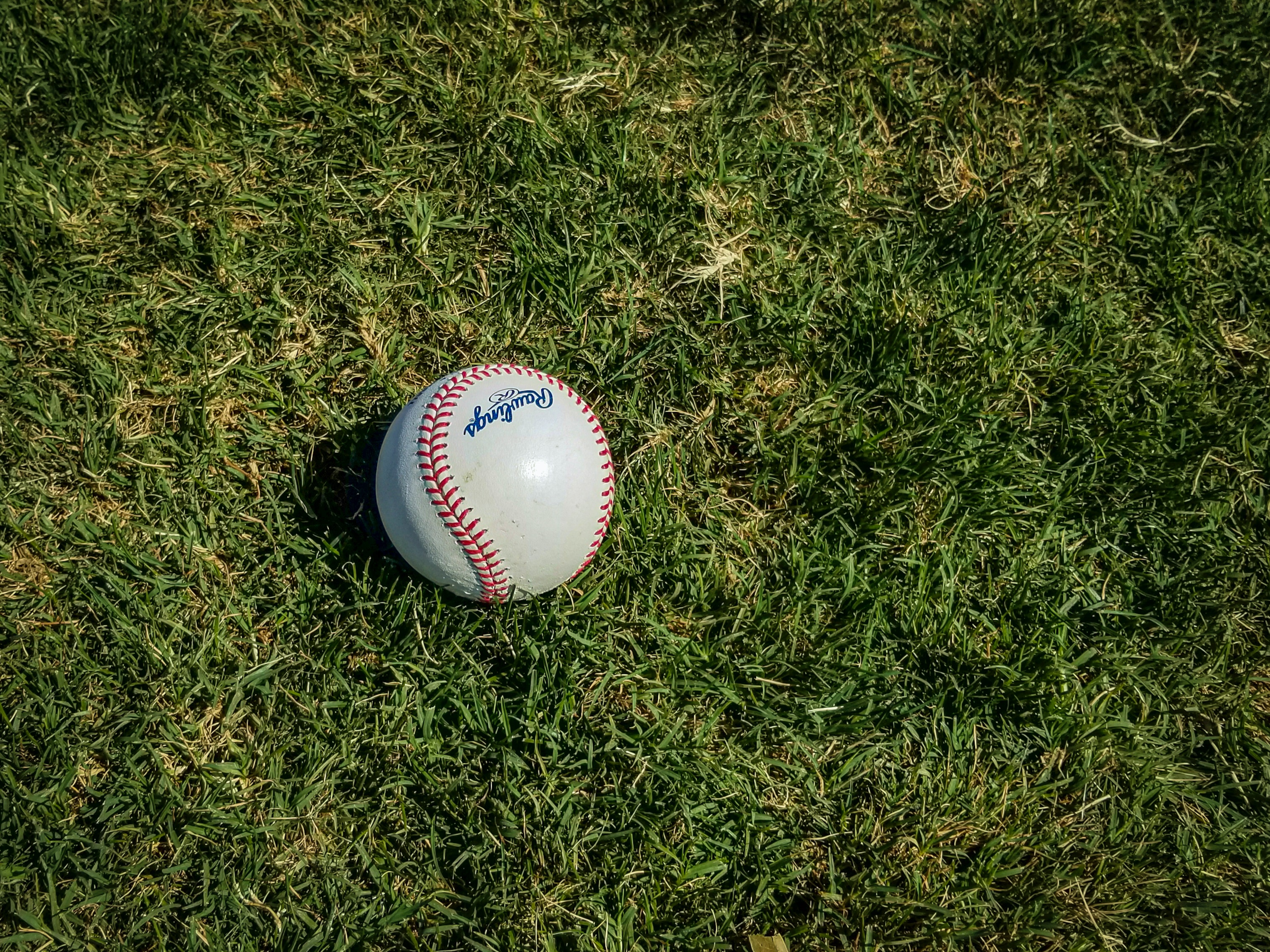
To ensure that each baseball meets the rigorous standards set by MLB, quality control and testing measures are of utmost importance. These tests focus on key performance aspects, such as the Coefficient of Restitution (COR) and round shape retention, ensuring that each ball is of the highest quality and delivers a consistent experience during gameplay.
Coefficient of Restitution (COR) testing measures the elasticity of a baseball when it's hit. This is determined by measuring the speed of the ball before and after it bounces off a surface, such as a wall. A baseball must have a COR of at least 51.4% to be considered suitable for professional play.
COR testing is carried out by shooting the ball out of an air cannon at a speed of 85 feet-a-second from eight feet away at a wooden wall. This process ensures that all baseballs used in games are of consistent quality and performance, and safe for players to use.
In addition to COR testing, shape retention tests are conducted to ensure that a baseball retains its round shape after being hit. A baseball must retain at least 95% of its shape to be considered suitable for professional play.
The hand-stitching process of the cowhide cover, along with the tightly wound yarn and durable core, all contribute to the ball's ability to maintain its shape during gameplay. These tests help guarantee that each baseball used in professional games meets the high standards required for consistent performance and player safety.
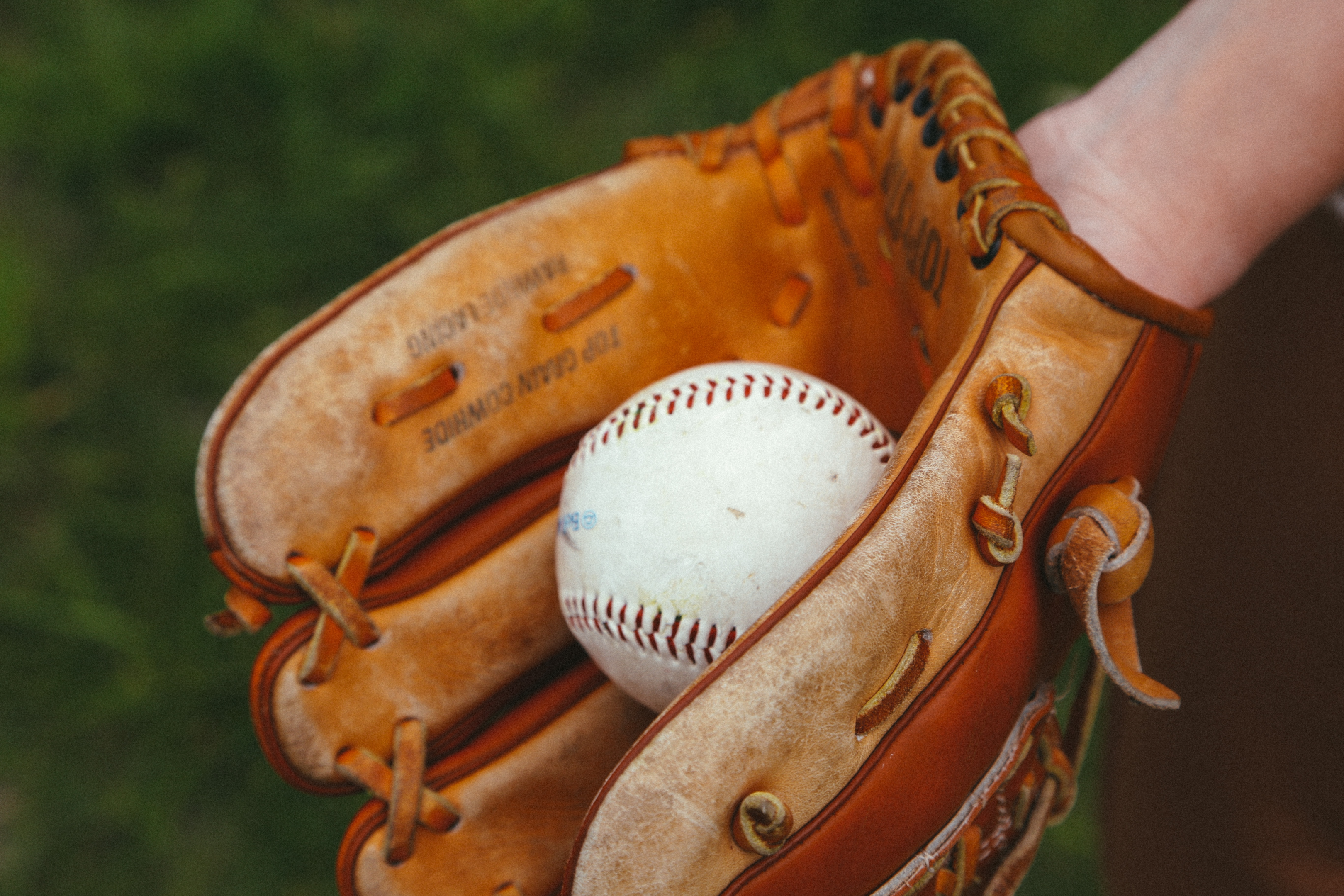
While the materials and processes used in baseball manufacturing have evolved over time, the future is likely to hold minimal changes in size or materials, with no expected alterations to the manufacturing process.
The focus will remain on producing high-quality, consistent baseballs that meet the needs of professional players and fans alike.
Although there have been attempts to automate the sewing process for cowhide covers, these efforts have been unsuccessful. The machines are unable to start and stop on their own and cannot create the different tensions needed to attach and sew the cover to the ball without manual assistance.
As a result, the hand-stitching process remains a critical component in the manufacturing of baseballs, ensuring the highest quality and performance.
While the current materials used in baseball manufacturing are well-suited to the demands of the game, future material innovations may be explored, such as using synthetic leather instead of cowhide.
These potential changes would likely focus on improving the durability, performance, and sustainability of the baseball, while maintaining the high standards set by MLB.
The art of making baseballs has remained consistent throughout the years, becoming a finely tuned combination of craftsmanship and technology. Today, whether it's for a game in the local park or for a Major League Baseball showdown, each ball is a product of careful assembly and quality materials. From the cork center to the cowhide cover, every baseball carries with it a history and a set of standards that echo the timeless love for the sport. As the famous Babe Ruth once said, "Every strike brings me closer to the next home run." That's the power and promise every baseball holds.
Baseballs are made from several materials, starting with a core of cork and rubber. The core is covered with two thin layers of rubber, followed by a first layer of black rubber, then three layers of yarn - four-ply gray, three-ply white, and four-ply blue-gray - and finally covered by hand-stitched cowhide leather.
Yes, after the balls are wrapped in yarn, the final layer of cowhide leather is hand-stitched onto each ball. This is a meticulous process that requires skilled workers to complete.
Inside a baseball, there is a core made of cork and rubber, covered by two thin layers of rubber. This is then surrounded by three different types of wool yarn before being covered in cowhide leather.
Major League Baseballs are made with the same materials and process as other baseballs. They have a cork and rubber core, two thin layers of rubber, three layers of wool, and a cowhide leather exterior that is hand-stitched.
The integrity of a baseball can be compromised after being hit just once. This is due to the impact of the bat, dirt on the field, or even a small scuff on the leather. To maintain a fair and consistent game, new balls are frequently brought into play.
Baseballs are made in Costa Rica by Rawlings Sporting Goods, the official supplier of Major League Baseball. The process involves a combination of machine and handwork, from creating the cork and rubber core to hand-stitching the final layer of cowhide leather.
Baseballs are made by a combination of hand and machine processes. While the cork and rubber core is formed by a machine, the final layer of cowhide leather is hand-stitched onto each ball.
No, both the National League and American League use the same Official Baseball of the Major Leagues.
Chris Sloan is a former baseball league commissioner and travel baseball coach who has made significant contributions to the sport. In 2018, he founded selectbaseballteams.com, a website that helps parents find youth and travel baseball teams in their local areas. Since its launch, the website has experienced impressive growth, offering a wealth of resources including teams, news, tournaments, and organizations. Chris's unwavering passion for baseball and his innovative approach to connecting parents with quality baseball programs have earned him a respected reputation in the baseball community, solidifying his legacy as a leading figure in the world of youth and travel baseball.
There are 0 comments on "How a Baseball is Made: Uncovering the Secrets Behind the Sphere"
chandler allen says:
"Hi my name is chandler, i’ve enjoyed..."
On Wanting to tryout for summer ball. as an 18 year old
david graham says:
"With no current MLB team in Canada,..."
On With no current MLB team in
Charles Chavez says:
"To All Coaches: Do you have13U or..."
On Looking for Games